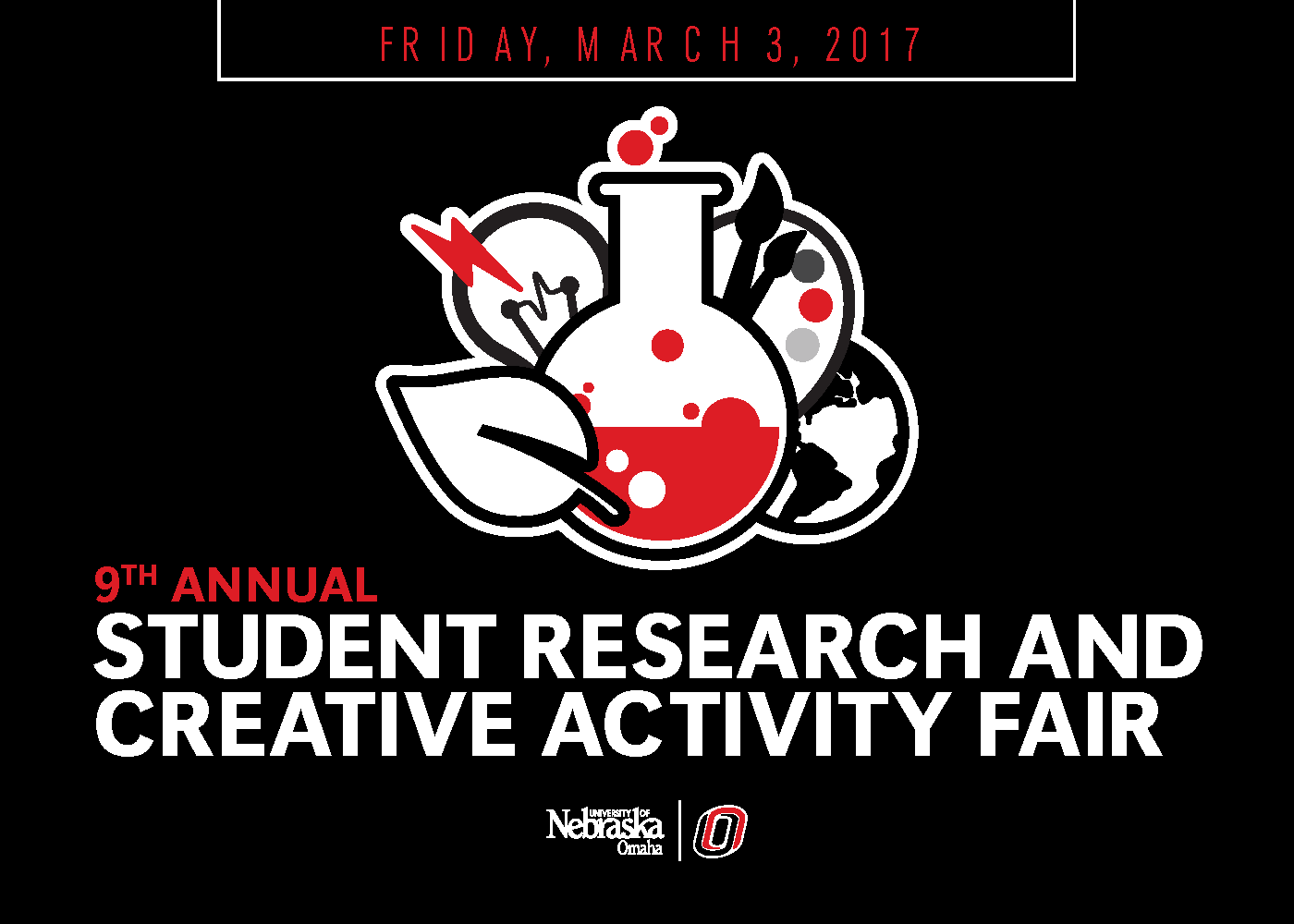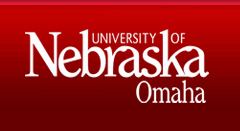
Sharing your Science: Creating an Educational Outreach Program
Advisor Information
Suzanne Sollars
Location
UNO Criss Library, Room 249
Presentation Type
Oral Presentation
Start Date
3-3-2017 9:15 AM
End Date
3-3-2017 9:30 AM
Abstract
Research on community outreach programs have shown that bridging the gap between collegiate researchers and K-12 students can be a mutually beneficial arrangement. When graduate and undergraduate students present science topics it increases their enthusiasm for science, improves their science communication skills, and helps to create connections with the local community. When K-12 students work with these “science experts” the young students’ awareness, knowledge, and interest in STEM fields tend to increase. Starting and maintaining a community outreach program involves a variety of considerations including: volunteer recruitment and training, identifying and coordinating an audience or event, obtaining funding, and choosing or designing outreach activities. As a graduate student in the Neuroscience & Behavior program at the University of Nebraska at Omaha, I began a community oriented, educational outreach program called NeuroWOW. Since its inception in 2012, the program has been presented at local schools, summer camps, scouting events and several other community events. In the past 5 years, over 4 dozen NeuroWOW volunteers have worked with nearly 1,000 K-12 students and families in the Omaha metro area. While the focus of NeuroWOW is primarily to introduce younger students to the field of neuroscience, the details of creating and running the program can be broadly applied to educational outreach in any discipline. I will discuss some of the critical considerations for presenting a community outreach program with illustrative examples from my own experiences with NeuroWOW over the past 5 years.
Sharing your Science: Creating an Educational Outreach Program
UNO Criss Library, Room 249
Research on community outreach programs have shown that bridging the gap between collegiate researchers and K-12 students can be a mutually beneficial arrangement. When graduate and undergraduate students present science topics it increases their enthusiasm for science, improves their science communication skills, and helps to create connections with the local community. When K-12 students work with these “science experts” the young students’ awareness, knowledge, and interest in STEM fields tend to increase. Starting and maintaining a community outreach program involves a variety of considerations including: volunteer recruitment and training, identifying and coordinating an audience or event, obtaining funding, and choosing or designing outreach activities. As a graduate student in the Neuroscience & Behavior program at the University of Nebraska at Omaha, I began a community oriented, educational outreach program called NeuroWOW. Since its inception in 2012, the program has been presented at local schools, summer camps, scouting events and several other community events. In the past 5 years, over 4 dozen NeuroWOW volunteers have worked with nearly 1,000 K-12 students and families in the Omaha metro area. While the focus of NeuroWOW is primarily to introduce younger students to the field of neuroscience, the details of creating and running the program can be broadly applied to educational outreach in any discipline. I will discuss some of the critical considerations for presenting a community outreach program with illustrative examples from my own experiences with NeuroWOW over the past 5 years.
